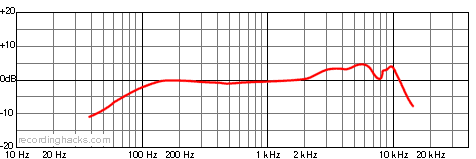SUMMARY
Role: guitar
Intention (SMART Goal):I want to make a good song that i would enjoy making and listening to by Oct, 14th by watch “How Music Works with Howard Goodall – Melody”.
PRE-PRODUCTION – INQUIRY
Leader(s) in the Field / Exemplary Work(s)
Training Source(s)How Music Works with Howard Goodall – Melody”.
SMART Goal Schedule Oct 14th
PRODUCTION
SMART Goal Starting Point Evidence
Mo recording, just riff riff writing and making a cord progression.
SMART Goal Ending Point Evidence
(don’t share)
POST-PRODUCTION – REFLECTION
21st Century Skills
Ways of Thinking (Creativity, Innovation, Critical Thinking, Problem Solving)
Problem solving in how to fix technical problems, and time problems.
Ways of Working (Communication & Collaboration)
Staying focused and making a plan before doing things.
Tools for Working (Info & Media Literacy)
Focusing on a task
Ways of Living in the World (Life & Career)
Focusing on a tasking a planing/time management.
Reactions to the Final Version
Not done yet
Self-Evaluation of Final Version
Grammar and Spelling
Editor
Connor
